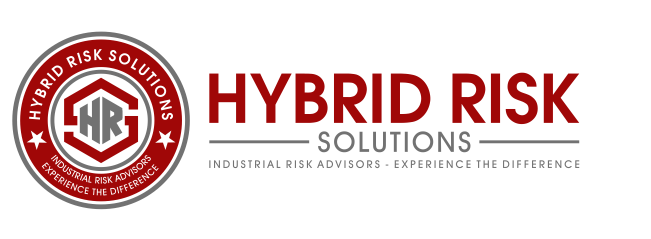Construction sites are dangerous places. Construction work is inherently dangerous. For example:
- 1 in 10 construction workers are injured every year.
- Nearly all construction workers will have at least one work-related injury in their lifetime and have a greater risk of dying prematurely.
- Out of 4,251 worker fatalities in private industry in calendar year 2014, 874 or 20.5% were in construction· that is, one in five worker deaths last year were in construction.
- 4679 workers were killed on the job in 2014 – on average, almost 90 a week or more than 13 deaths every day.
CONSTRUCTION’S FATAL FOUR
A lion’s share of the workplace fatalities is a result of Construction’s Fatal Four. The leading causes of worker deaths on construction sites were falls, followed by electrocution, struck by object, and caught-in/between. These “Fatal Four” were responsible for more than half (58.1%) the construction worker deaths in 2014. Eliminating the Fatal Four would save 508 workers’ lives in America every year.
“There is a real problem
with construction safety.”
Mark G. Peters, Commissioner, New York City Department of Investigations
To successfully promote safe work behavior and implement a comprehensive safety program, safe employee behavior is every bit as important as the safe behavior of their employer. Employee behavior is largely responsive to management behavior. Management determines the expectations for job site safety standards from the beginning of a project. As a result, it can be argued that unsafe worker behavior may be attributable to project management who has not communicated expectations clearly from the start.
Company culture is established by corporate leaders and filters down from the top ranks of a company. As a result, safety culture is established first by corporate leaders, typically in form of formally drafted company programs.
Together, we can drastically reduce financial and social losses and save lives. Get your copy of “Technology and Cultural Based Safety: The Future of Construction Site Safety,” today by clicking here.






